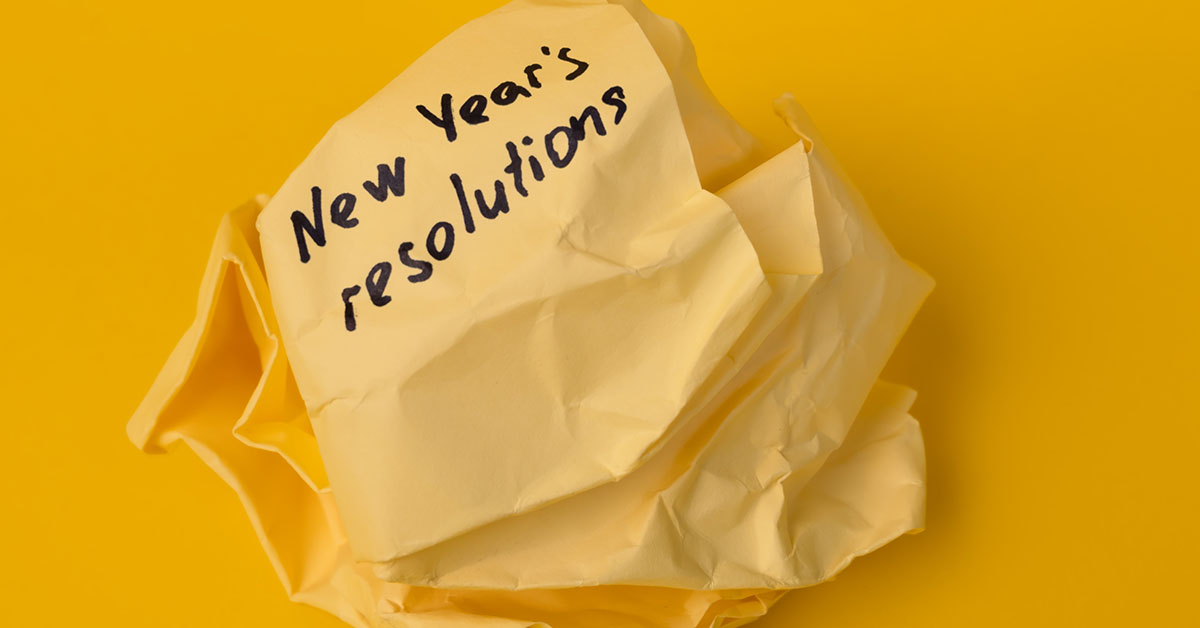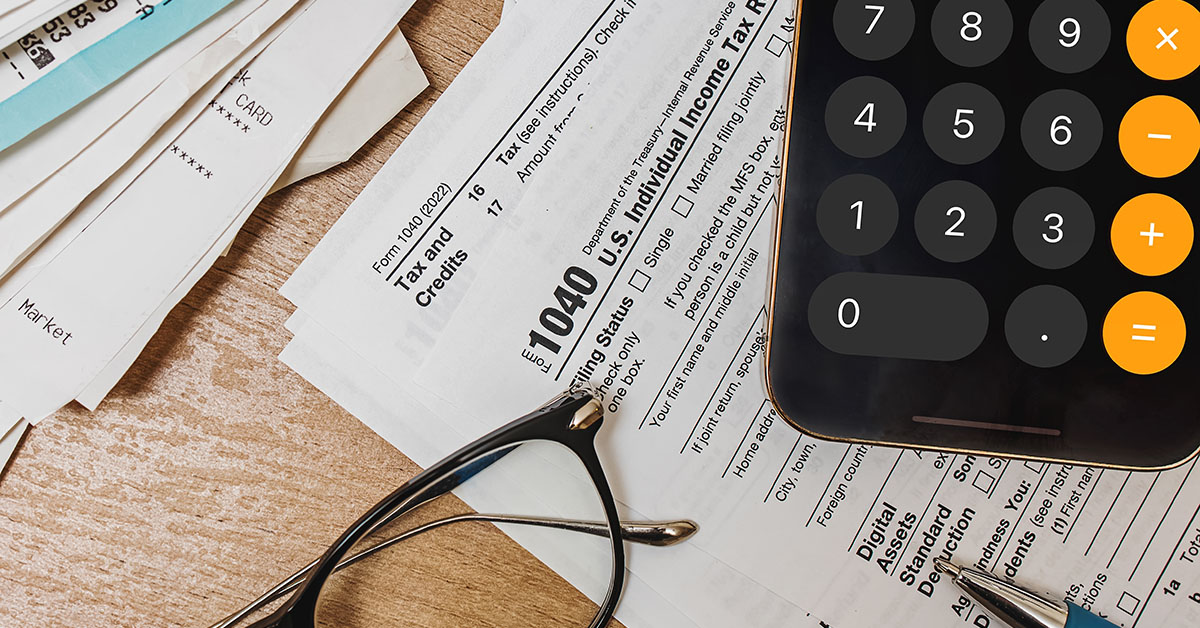What could possibly be bad about resolving to change things for the better next year? The only negative thing that comes to mind is the old proverb “The road to hell is paved with good intentions,” sometimes attributed to Saint Bernard of Clairvaux and sometimes to Samuel Johnson.
Quora posits that the phrase means it is not enough simply to intend to do good; you need to follow through. This makes sense, especially if your intended good deeds involve other people. However, for pure disappointment, the road to hell can become a superhighway when your resolutions are grounded in some predicted event or outcome.
An example might be useful. Look at these two resolutions to see the key difference:
“I resolve to load up on stocks next year because I know that x is going to win the election, and that’s going to be good for the market.”
“I resolve to stick with my long-term financial plan no matter how bad the news is, who gets elected, or what they say on cable news.”
The first resolution is doomed almost from the start, and, even if the election prediction is correct, it will eventually fall apart. To pay off, this resolution will depend on calling an election, something a whole lot of people have gotten wrong every time for a generation. And even if the election goes their way, there’s zero assurance that the market will respond the way they believe it will.
Long term, the annual variance between the market’s average annual return and its actual return is about 15%. That’s what the statisticians call its standard deviation, meaning about two-thirds of years, the market will be somewhere between up 25% and down 5% (the long-term return of the S&P 500 is about 10%). The other third of the time, it will be outside of those bounds. It’s also true that the market has a down calendar year about one-third of the time.
Predicting what the market will do is extraordinarily difficult. Even the so-called experts can’t do it reliably. According to a study done by the CXO Advisory Group, the majority of stock market prognosticators “perform at levels not significantly different than chance.” In fact, throwing a dart might even be more accurate: the average number of correct forecasts in the study, over 6,600 of them, was just 47%.
With resolution number one above, you have to be right about the election and then right about the market’s reaction to it, so you’re now dependent upon two unknown and unknowable variables. And here’s the kicker: after the election, the resolver will need to predict something else to base their market decisions on. It sounds like trying to solve a never-ending maze with a blindfold on.
Resolution number one reflects a practice known as market timing. Market timing, according to Investopedia, is “the act of moving investment money in or out of a financial market—or switching funds between asset classes—based on predictive methods.” You might want to read up on market timing, as it’s widely regarded as the biggest mistake made by retail investors. We have written about it in this blog many times before.
Resolution number two above is roughly equivalent to “I will not market time.” Here’s the argument reduced to its basics: market timing usually leads to failure, and over the long haul, stocks return about 10% per year. Take the 10%, turn off the noise, and have a Happy New Year.








